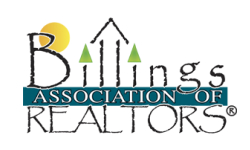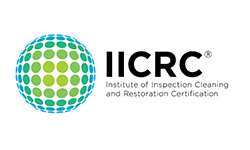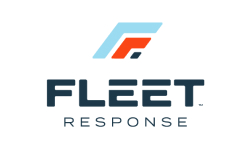"Luckily I have never needed to use a restoration company, but as someone who has worked closely with Alpha Omega, they have treated my clients very well, and have always been honest and very transparent. Although their whole team is very professional and punctual, Carissa and Sonya have been great to work with."
Fire Prevention Checklist for Apartment Buildings Part One: Common Areas
Follow this common area fire safety checklist to make sure your building follows precautionary guidelines to prevent fires and to also give access to the fire department, should they need it.

-
Is your address identification clearly visible from the street per fire apartment guidelines?
Street addresses and numbers must be visible from the road for quick identification of your address by the fire department. In a real emergency, there is no time to guess where your building’s address is. Having building numbers large–at a minimum recommended height of 8-inches–and apartment numbers–at a minimum recommended height of 4-inches–can help save lives and reduce property damage.
-
Are your fire Knox boxes on all buildings installed properly?
Knox boxes are rapid access solutions for emergency situations. A Knox box can be attached to the outside of a building for quick access inside by a firefighter, police officer, or emergency official.
-
Can the fire department access your building from at least one gate?
It is code in most states to have at least one clear access point into an apartment complex. If your complex has a gate, make sure there is a Knox box or other easy access emergency key readily available for the fire department, so they can quickly gain access to the burning building.
-
Is your fire lane parking being regularly maintained?
In Montana, you are required to keep your fire lanes properly painted and up to code, with fire lane signs that say “Fire Zone/Tow Away Zone.” This will prevent any delays if the fire department needs to park on the street.
-
Do all of your alarm systems work?
Are all of your smoke and carbon monoxide detectors in common areas of your building, including hallways, public bathrooms, and gathering spaces, installed correctly and regularly tested? It is recommended to test your common area smoke detectors at least once per quarter.
-
Does each floor have at least one fire extinguisher installed?
At least one fire extinguisher should be installed for each 3,000 square foot section of common area. To ensure the safety of all of your residents, a person should never be more than 75 feet from a fire extinguisher in case of a communal fire.
-
Is your automatic sprinkler system working?
Automatic sprinkler systems save lives and contain fires to smaller areas of a building. Buildings who have sprinkler systems installed don’t report multi-death incidents. Have a professional check your sprinkler system twice a year to ensure it will respond properly should a fire break out. A sprinkler should go off when it detects heat of at least 155 degrees.
-
Are you keeping up with laundry room maintenance?
For fire safety, it is important to check dryer lint traps on a regular basis.
-
Are you following safety guidelines for pool chemical storage?
You should never store pool chemicals in a closet or room that is attached to a building where tenants live. The door to the closet where you store the pool chemicals should be clearly labeled: WARNING–POOL CHEMICALS. Chemical types should be stored separately in containers. If you aren’t storing these chemicals in a safe room, you can use an outdoor storage box for pool chemicals, locking and labeling them. Keep them out of reach from children.
-
Are your common area storage rooms fire hazards?
Are your tenants storing chemicals, paint, gas, or other combustibles in their storage unit? If your storage units share a space with a water heater or furnace, this is a disaster waiting to happen. Remove flammable liquids and materials from these spaces entirely. Also make sure objects aren’t blocking any emergency exits.
-
Are your resident’s individual units up to fire safety standards?
Check out our Fire Prevention Checklist for Apartment Buildings Part Two: Individual Units for more information.
Does Your Apartment Building Need Fire Damage Restoration?
Contact Alpha Omega Disaster Restoration. With 24/7 emergency response availability, we are there for you to help assess the situation, mitigate the damage, and make a plan to restore your rental property back to pre-loss condition. We will help you recover from commercial fire damage. Our professional team of certified, trained, and trusted advisors are experts in the fire damage restoration industry. We will oversee your property’s damage recovery with honest, reliable, high-quality work so your tenants can go back to their normal lives, quickly.
Alpha Omega is the leading disaster restoration company serving commercial and residential properties in Billings, MT and surrounding areas.












